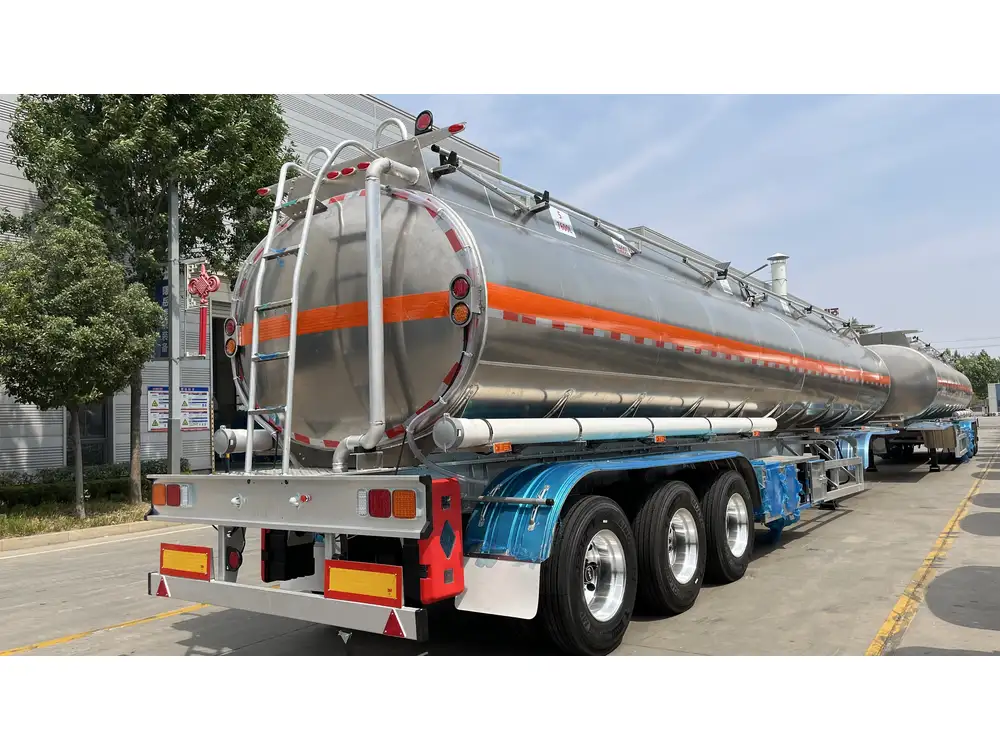Maintaining the pristine condition of your travel trailer’s fresh water tank is not only essential for hygiene, but also pivotal in ensuring your adventures remain enjoyable and healthy. Over time, contaminants, sediment, and bacteria can accumulate in the tank, degrading the quality of the water supplied for drinking, cooking, and cleaning. This guide delves into effective methods for sanitizing your travel trailer’s fresh water tank, providing detailed instructions to ensure a thorough and effective cleansing process.
Understanding the Importance of Sanitizing Your Travel Trailer’s Fresh Water Tank
Before embarking on the actual process of sanitization, it’s crucial to understand the underlying reasons for this maintenance task:
- Health Concerns: Impurities in water can lead to gastrointestinal issues and other health risks.
- Taste and Odor: Water that is not regularly sanitized may develop unpleasant tastes and odors, making it unpalatable.
- System Longevity: Regular cleaning helps prolong the lifespan of your water system by preventing buildup and corrosion.
Steps to Effectively Sanitize the Fresh Water Tank

1. Gather Your Essential Sanitization Supplies
Before starting the sanitization process, ensure you have the following materials ready:
| Item | Purpose |
|---|---|
| Bleach (unscented, household) | For disinfecting the water tank |
| Water | For diluting the bleach and filling the tank |
| Bucket | For mixing the sanitizing solution |
| Funnel | To pour the solution into the tank effortlessly |
| Hose | To fill up your water tank after sanitization |
| Measuring cup | For accurate bleach measurement |
| Sponge or brush | For scrubbing, if necessary |
2. Prepare the Water Tank for Sanitization
Prior to sanitizing, prepare your fresh water tank as follows:
Drain the Tank: Open the drain valve located at the lowest point of the tank and allow all water to escape. This ensures the removal of any stagnant water and contaminants.
Inspect the System: Check hoses and components for leaks or cracks. Addressing these issues before sanitizing will prevent contamination from reoccurring.
3. Prepare the Sanitizing Solution
Taking care to adhere to the recommended concentrations is vital for effective sanitization.
- Calculating the Right Amount: Use 1/4 cup of unscented bleach for every 15 gallons of tank capacity.
- Creating the Mixture:
- Fill a bucket with 1 gallon of water.
- Add the appropriate amount of bleach based on your tank size.
- Stir the solution well to ensure an even mixture.

4. Introduce the Sanitizing Solution into the Tank
Pour the prepared sanitizing solution into the fresh water tank:
Using the Funnel: Insert the funnel into the opening of the tank and carefully pour in the bleach-water mixture, ensuring no spills occur.
Fill the Tank with Water: After inserting the sanitizing solution, fill the tank with fresh water, leaving some space at the top to accommodate further mixing.
5. Mix the Solution Thoroughly
To ensure effective sanitization, agitation is key:
Turn on the Water Pump: Switch on the water pump to circulate the sanitizing solution through the plumbing system, reaching faucets, showers, and toilets.
Open All Faucets: Allow the solution to flow through each faucet until you can detect the bleach odor, indicating that the solution is present in every part of your system.
6. Allow the Solution to Sit
For optimal effect, let the sanitizing solution remain in the tank for a minimum of 12 hours, ideally overnight.
- Cover the Tank: Prevent any external debris from entering the tank during this period.

7. Flush the Tank Thoroughly
Once the sanitizing period has elapsed, thorough flushing of the tank is imperative:
Drain the Sanitizer: Open the drain valve to release the bleach solution, ensuring that all of it exits the tank.
Rinse with Fresh Water: Refill the tank with fresh water and drain it multiple times until the bleach smell dissipates completely. This step is vital to prevent any residual bleach from contaminating your water supply.
8. Final Inspection and Maintenance Tips
Concluding your sanitization process involves a few final checks:
Inspect for Residual Odors: Before your next trip, ensure that no bleach smell persists in the tank.
Consider Water Filters: For enhanced safety, consider installing a water filtration system that can further improve the water quality in your trailer.
Regular Maintenance Schedule: Establish a regular schedule for sanitizing your fresh water tank, ideally every 3 to 6 months, especially before long trips.
Additional Tips for Maintaining Water Quality During Travel
To ensure your fresh water remains uncontaminated between sanitization procedures, keep the following tips in mind:
Regularly Change Out the Water: If you’re not using your travel trailer frequently, it’s best to empty the tank and refill it with fresh water every month.
Use a Clean Hose: Always use a clean water hose for filling your tank. A hose that has previously held contaminants can compromise water quality.
Avoid Filling in Contaminated Areas: Fill your tank only at trusted sources. Avoid using water from doubtful or untreated sources, as this can introduce bacteria and other harmful substances.

Conclusion
Successfully sanitizing your travel trailer’s fresh water tank is a fundamental task that significantly enhances your health and overall experience on the road. By following the outlined steps and maintaining a regular cleaning schedule, you not only safeguard your health but also ensure that your adventures are more enjoyable and worry-free. Embrace these practices and embark on your next adventure with complete confidence in the quality of your water supply. Healthy travels await!



